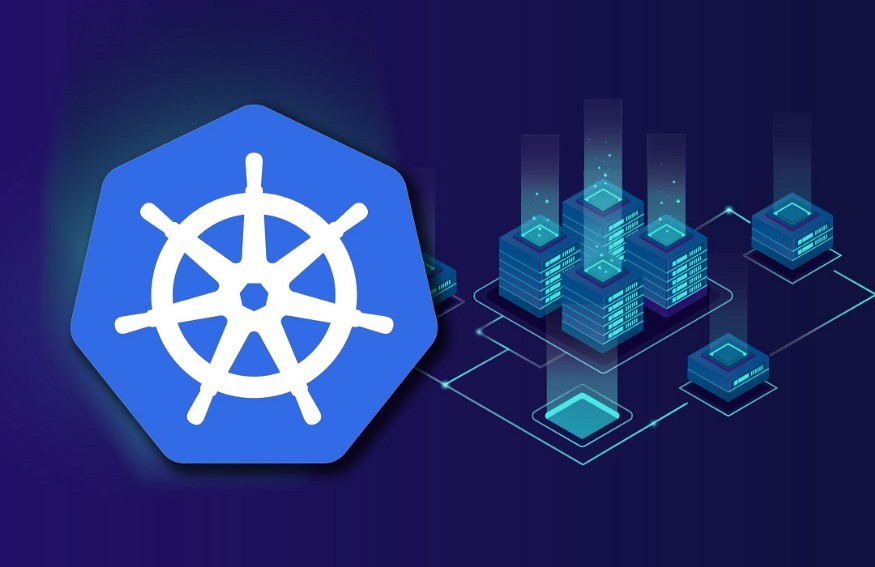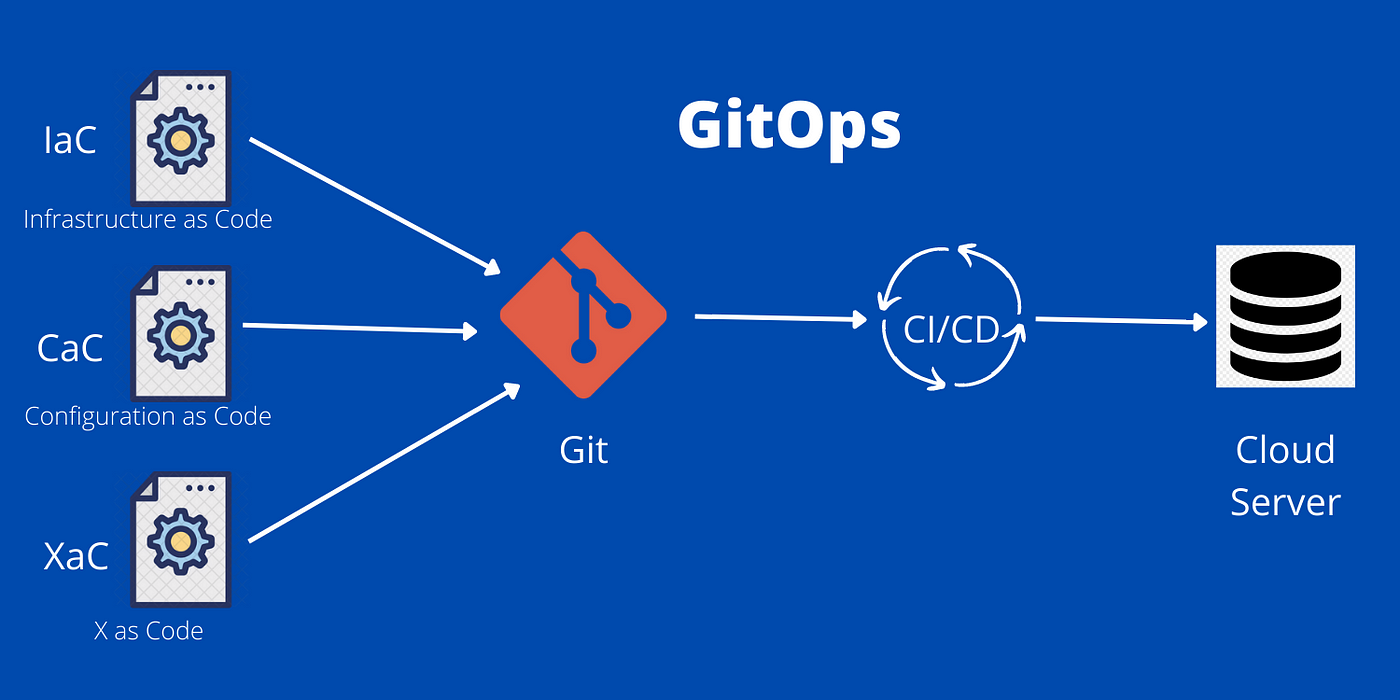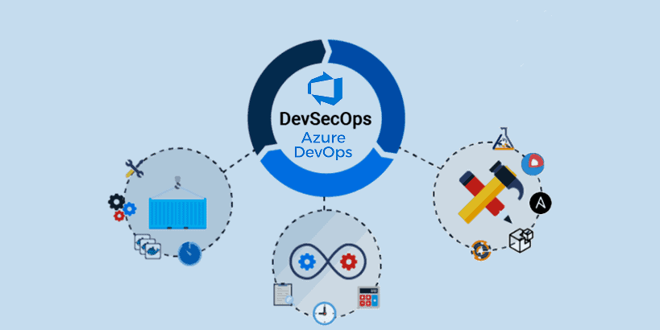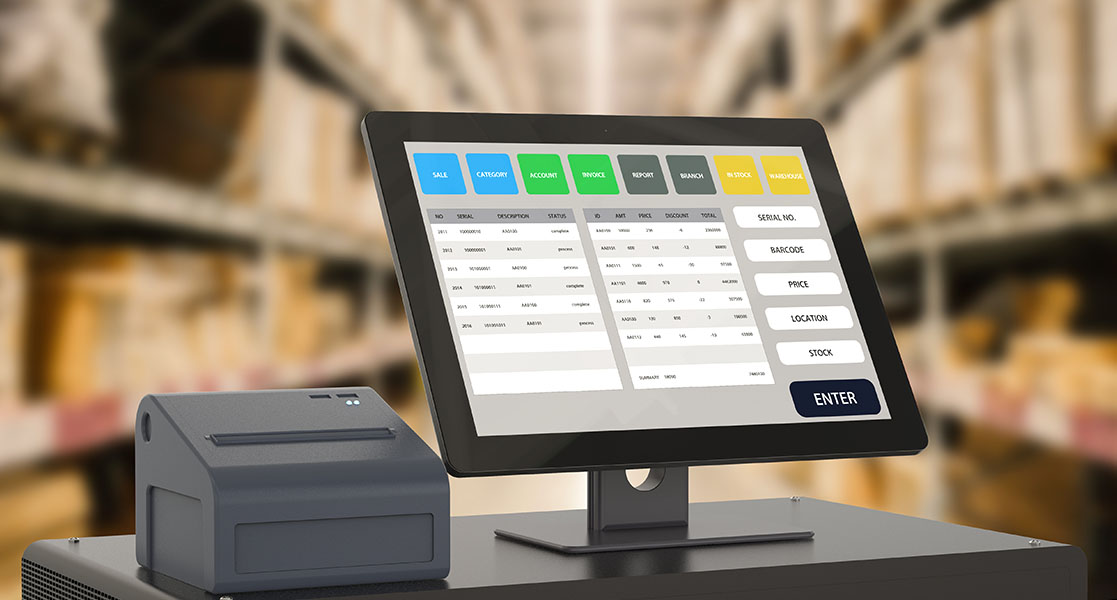“Protecting Your Kubernetes Clusters: Essential Best Practices for Enhanced Security”
Introduction:
Securing Kubernetes clusters is of utmost importance to ensure the protection of sensitive data and prevent unauthorized access. As Kubernetes continues to gain popularity for container orchestration, it becomes crucial to implement best practices for Kubernetes security. This article will explore the key considerations and recommended practices for securing Kubernetes clusters, including authentication and authorization mechanisms, network security, container security, and monitoring. By following these best practices, organizations can enhance the overall security posture of their Kubernetes deployments and mitigate potential risks.
Importance of Role-Based Access Control (RBAC) in Kubernetes Security
Securing Kubernetes Clusters: Best Practices for Kubernetes Security
Kubernetes has become the de facto standard for container orchestration, enabling organizations to efficiently manage and scale their containerized applications. However, as with any technology, security is a critical concern. In order to ensure the safety and integrity of your Kubernetes clusters, it is essential to implement best practices for Kubernetes security. One of the most important aspects of Kubernetes security is Role-Based Access Control (RBAC).
RBAC is a mechanism that allows you to define and enforce fine-grained access controls within your Kubernetes clusters. It provides a way to manage who can perform specific actions on various resources within the cluster. By implementing RBAC, you can ensure that only authorized users have access to sensitive operations and data, reducing the risk of unauthorized access and potential security breaches.
RBAC operates on the principle of least privilege, which means that users are granted only the permissions necessary to perform their specific tasks. This minimizes the potential damage that can be caused by a compromised account or a malicious insider. With RBAC, you can define roles that encompass a set of permissions and then assign those roles to individual users or groups. This allows you to easily manage access controls at scale, ensuring that each user has the appropriate level of access based on their role and responsibilities.
Implementing RBAC in your Kubernetes clusters starts with defining roles and role bindings. Roles define a set of permissions that can be granted to users or groups, while role bindings associate those roles with specific users or groups. By carefully defining roles and role bindings, you can ensure that each user has the necessary permissions to perform their tasks, without granting excessive privileges that could potentially be abused.
RBAC also allows you to create custom roles and role bindings, giving you the flexibility to tailor access controls to your specific needs. This means that you can define roles that align with your organization’s security policies and compliance requirements. For example, you can create a role that allows a user to view and modify resources in a specific namespace, but restricts their access to other namespaces. This level of granularity enables you to enforce strict access controls and limit the potential impact of a security incident.
In addition to defining roles and role bindings, RBAC also supports the concept of service accounts. Service accounts are a special type of account that are used by applications running within the cluster to authenticate and interact with the Kubernetes API. By assigning specific roles to service accounts, you can control the actions that applications can perform within the cluster. This helps to prevent unauthorized access and ensures that applications are only able to perform the actions they are intended to.
RBAC is a critical component of Kubernetes security, providing a robust mechanism for managing access controls within your clusters. By implementing RBAC, you can ensure that only authorized users have access to sensitive operations and data, reducing the risk of security breaches. With RBAC, you can define roles and role bindings that align with your organization’s security policies and compliance requirements, enabling you to enforce strict access controls and limit the potential impact of a security incident. By leveraging RBAC, you can enhance the security of your Kubernetes clusters and protect your containerized applications.
Implementing Network Policies for Enhanced Kubernetes Cluster Security
Kubernetes has become the go-to platform for managing containerized applications, offering scalability, flexibility, and ease of deployment. However, as with any technology, security should be a top priority when it comes to Kubernetes clusters. Implementing network policies is one of the best practices for enhancing Kubernetes cluster security.
Network policies in Kubernetes allow you to define rules for inbound and outbound traffic within your cluster. By default, Kubernetes allows all traffic between pods, which can leave your cluster vulnerable to attacks. Network policies enable you to restrict communication between pods, ensuring that only the necessary traffic is allowed.
To implement network policies, you need to have a network plugin that supports them. Calico and Cilium are two popular choices that provide robust network policy enforcement. Once you have the network plugin set up, you can start defining your network policies.
When creating network policies, it’s important to follow the principle of least privilege. This means that you should only allow the minimum necessary traffic between pods. Start by identifying the communication patterns between your pods and define rules accordingly. For example, if you have a frontend pod that communicates with a backend pod, you can create a network policy that allows traffic from the frontend pod to the backend pod on a specific port.
In addition to restricting traffic between pods, network policies can also be used to control access to external resources. For example, you can create a network policy that allows outbound traffic only to specific IP addresses or domains. This can help prevent your cluster from being used for malicious activities, such as launching DDoS attacks.
Another best practice for implementing network policies is to regularly review and update them. As your application evolves, the communication patterns between pods may change. It’s important to keep your network policies up to date to ensure that they reflect the current state of your cluster. Regularly reviewing your network policies also allows you to identify any unnecessary rules that can be removed, reducing the attack surface of your cluster.
Monitoring and logging are crucial aspects of Kubernetes cluster security. Network policies should be monitored to ensure that they are being enforced correctly. You can use tools like Prometheus and Grafana to collect and visualize network policy metrics. By monitoring network policy violations, you can quickly identify any unauthorized traffic and take appropriate action.
Logging is also important for network policy enforcement. By logging network traffic, you can track and analyze the flow of traffic within your cluster. This can help you identify any suspicious activity or potential security breaches. Tools like Elasticsearch and Kibana can be used to aggregate and analyze network logs.
In conclusion, implementing network policies is a crucial step in enhancing the security of your Kubernetes cluster. By restricting communication between pods and controlling access to external resources, you can significantly reduce the attack surface of your cluster. Following the principle of least privilege and regularly reviewing and updating your network policies are essential best practices. Additionally, monitoring and logging network policy enforcement are vital for detecting and responding to any security incidents. By implementing these best practices, you can ensure that your Kubernetes cluster remains secure and protected from potential threats.
Best Practices for Securing Kubernetes API Server and etcd Data Store
Securing Kubernetes Clusters: Best Practices for Kubernetes Security
Kubernetes has become the de facto standard for container orchestration, enabling organizations to efficiently manage and scale their containerized applications. However, with the increasing adoption of Kubernetes, security concerns have also risen. In this article, we will discuss the best practices for securing the Kubernetes API server and etcd data store, two critical components of a Kubernetes cluster.
The Kubernetes API server acts as the primary interface for managing and controlling the cluster. It is responsible for authenticating and authorizing requests, as well as exposing the Kubernetes API to external clients. To ensure the security of the API server, it is recommended to enable authentication and authorization mechanisms.
Enabling authentication involves configuring the API server to require valid credentials for accessing the cluster. This can be achieved by integrating with an external authentication provider, such as LDAP or Active Directory, or by using client certificates. Additionally, it is crucial to regularly rotate and revoke credentials to prevent unauthorized access.
Authorization, on the other hand, determines what actions a user or a group of users can perform within the cluster. Kubernetes provides Role-Based Access Control (RBAC) to define fine-grained access policies. It is essential to carefully define roles and permissions based on the principle of least privilege, granting only the necessary privileges to perform specific tasks.
Another critical aspect of securing the Kubernetes API server is protecting it from unauthorized access. This can be achieved by deploying the API server behind a firewall or a load balancer and restricting access to only trusted IP addresses. Additionally, enabling Transport Layer Security (TLS) encryption for communication between clients and the API server ensures data confidentiality and integrity.
Moving on to the etcd data store, it is responsible for storing the cluster’s configuration and state information. Securing the etcd data store is crucial to prevent unauthorized access and tampering of critical cluster data. One of the best practices is to enable authentication and encryption for etcd communication.
Enabling authentication for etcd involves configuring it to require valid credentials for accessing the data store. This can be achieved by using client certificates or integrating with an external authentication provider. It is also recommended to regularly rotate and revoke credentials to mitigate the risk of compromised credentials.
Encryption of etcd communication ensures that data transmitted between etcd nodes is protected from eavesdropping and tampering. This can be achieved by enabling TLS encryption for etcd communication. It is important to use strong encryption algorithms and regularly update TLS certificates to maintain the security of the etcd data store.
In addition to authentication and encryption, it is crucial to regularly backup the etcd data store to prevent data loss in case of a disaster. Backups should be stored securely and tested periodically to ensure their integrity and availability.
Furthermore, monitoring and auditing the Kubernetes API server and etcd data store are essential for detecting and responding to security incidents. Implementing a centralized logging and monitoring solution allows for real-time visibility into the cluster’s activities and helps identify any suspicious or malicious behavior. Regularly reviewing logs and conducting security audits can help identify vulnerabilities and ensure compliance with security best practices.
In conclusion, securing the Kubernetes API server and etcd data store is crucial for maintaining the overall security of a Kubernetes cluster. By following best practices such as enabling authentication and authorization, protecting against unauthorized access, encrypting communication, regularly backing up data, and implementing monitoring and auditing, organizations can enhance the security posture of their Kubernetes deployments and protect their containerized applications from potential threats.In conclusion, securing Kubernetes clusters is crucial to protect sensitive data and prevent unauthorized access. Implementing best practices for Kubernetes security, such as using strong authentication and authorization mechanisms, regularly updating and patching the cluster, monitoring and logging activities, and restricting network access, can significantly enhance the overall security posture of Kubernetes deployments. Additionally, employing container security measures, implementing role-based access control, and conducting regular security audits are essential steps to ensure the integrity and confidentiality of Kubernetes clusters. By following these best practices, organizations can mitigate potential security risks and maintain a secure and robust Kubernetes environment.




